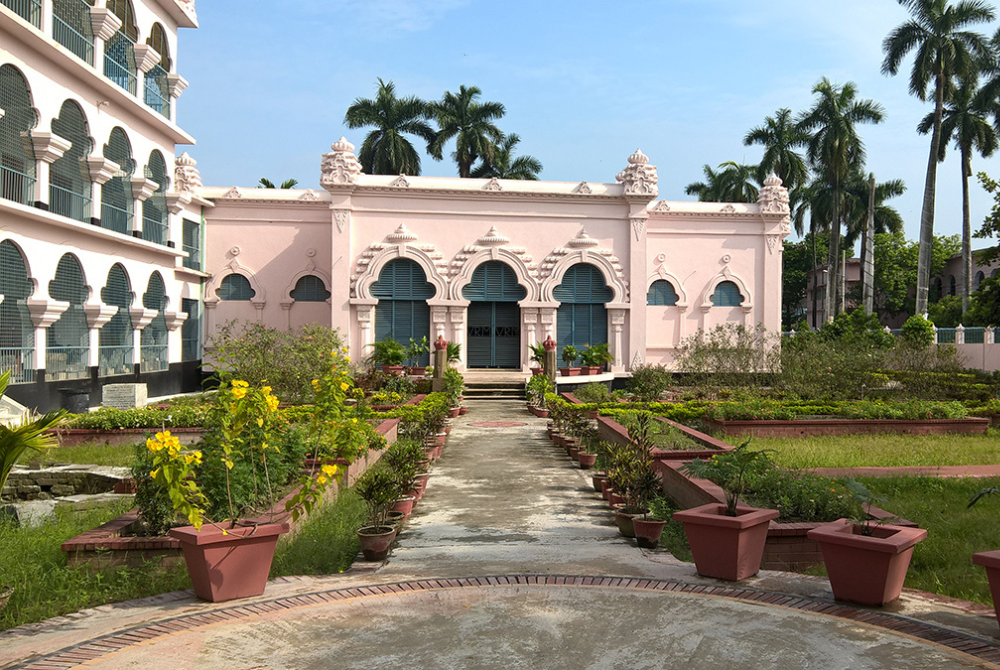Varendra Research Museum
Varendra Museum, located in Rajshahi, Bangladesh, is the country’s oldest museum, established in 1910. Initially, it served as the collection for the Varendra Investigation Society and was later renamed in 1919.
This museum houses a diverse range of artifacts and collections donated by Rajahs of Rajshahi and Natore, including Prince Sharat Kumar Ray. Varendra Museum is a significant cultural and historical attraction in northern Bangladesh.
History of Varendra Research Museum
Varendra, also known as Barind, was a region in Bengal, now part of Bangladesh, encompassing the Pundravardhana or Pundra Kingdom area. Its boundaries were the Ganges and the Mahananda to the west, the Karatoya to the east, the Padma to the south, and the region between Koochbihar and the Terai to the north. The Varendra Brahmins originated from this region.
Varendra was once a thriving territory in the ancient Indian sub-continent, known as Janakabhu or the fatherland. During the reign of the Pala dynasty, a distinct school of artisans gained widespread recognition here, and artistic endeavors flourished continuously until the time of the Sena dynasty.
Recognizing the importance of preserving the rich history of this region, the enlightened citizens of Rajshahi established ‘The Varendra Research Society‘ in 1910. The society’s founders, including Kumar Sarat Kumar Ray, a member of the Dighapatiya Royal family, Aksaya Kumar Maitreya, a prominent lawyer and historian, and Ramaprasad Chanda, a renowned scholar in history, art, and archaeology, embarked on archaeological explorations and unearthed historical artifacts in Rajshahi’s villages.
Kumar Sarat Kumar Ray believed that if an archaeological research center were to be established in Rajshahi, the discovered artifacts should form the nucleus of a local museum. Consequently, these dedicated individuals, driven by a passion to collect, preserve, study, and research the history and culture of ancient and medieval Bengal, especially the Varendra region, took the initiative to create a museum.In 1910, The Varendra Research Society and Museum were established in Rajshahi, with the society serving as its owner and caretaker.
The museum was officially inaugurated on September 27, 1910, and registered in 1914 under the Indian Society Act of 1860.Originally known as the Varendra Anushandhan Samiti (Varendra Investigation Society) collection, it was later renamed Varendra Museum in 1919. Notably, the Rajahs of Rajshahi and Natore, including Prince Sharat Kumar Ray, generously donated their personal collections to the Varendra Museum.
The term “Varendra” harkens back to an ancient Janapada, roughly corresponding to modern northern Bangladesh. In 1923, the society, in collaboration with the University of Calcutta, initiated excavations at Sompur Bihara. Eventually, in 1964, the museum became an integral part of Rajshahi University.
Varendra Research Museum Collection
The museum boasts a diverse collection spanning various periods and cultures:
- Gallery One presents artifacts from the Indus Valley civilization, featuring 265 items from Sompur, along with ancient Sanskrit, Arabic, and Persian scripts.
- Gallery Two showcases Buddhist and Hindu stone sculptures, alongside contemporary wood sculptures.
- Galleries Three and Four are dedicated to stone sculptures of Hindu deities.
- Gallery Five primarily focuses on Buddhist sculptures.
- Gallery Six houses Arabic, Persian, Sanskrit, and old Bengali stone inscriptions, as well as sculptured stones from the Muslim era.
Additionally, a newly added gallery highlights the indigenous and tribal culture of the Rajshahi region.

